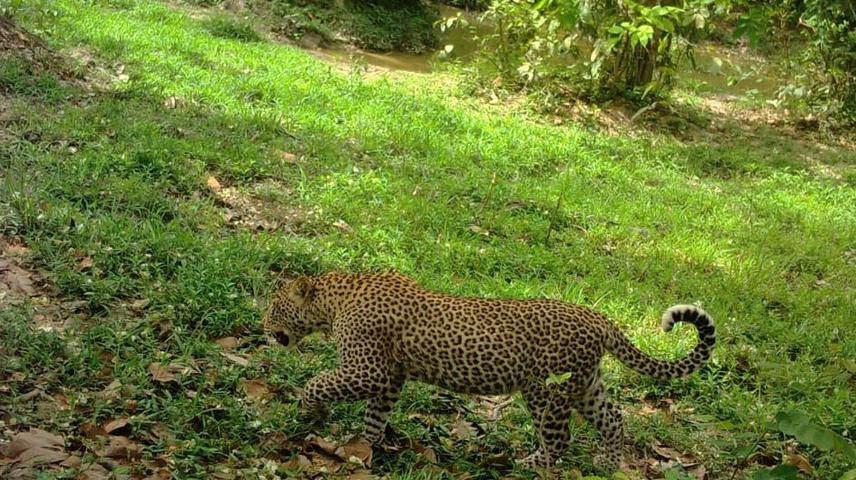Paul Addah
Other projects
6 Sep 2024
Living With Leopards: Improving Capacity and Livelihoods of Relevant Stakeholders in the Mole Ecological Landscape
The park and the county as a whole have little or no knowledge of the carnivore ecosystem. Poaching and logging are on the rise in the park, and the carnivore population is expected to suffer as a result. Locals recognize that the urine and faeces of both the leopard and the hyena are used to make potent traditional medicine. Leopard skin is also used as a symbol of bravery and for the enskinment of certain chiefs. Leopards are critically endangered in Ghana and could soon become extinct. Many specialist groups stress the need for baseline ecological surveys to gather data to better assess the effect of poaching and environmental degradation on leopards, which are listed as "vulnerable" on the IUCN Red List (2015). The aim of this study is to look at leopards' habitat preferences in the Mole National Park by looking at factors that may be important determinants of their use, preference, and factors that impact their distribution patterns and how that affects their conservation. Investigating the underlying factors that influence utilization is critical to understanding leopard ecology and, as a result, to effective management.

The study will close a knowledge gap about the current status of leopard populations in the region, as well as the threats they face and the habitat requirements they need. Finally, the research will raise national and international attention to the necessity of conserving places around the country that host populations as well as West Africa as a whole. This will be accomplished by sharing the scientific results of this study with the Wildlife Division (the national approved institution responsible for protecting wildlife protected areas) and other Non-Governmental Organizations concerned with leopard conservation in Ghana and around the world. The findings of the study will also be made public through social media platforms such as Facebook and conservation organizations' blogs such as the WWF, IUCN/SSSC Cat Specialist Group, and others.
The project will act as a catalyst, assisting in the development of Ghana's first leopard conservation manual. We'll do that by involving community members and raising awareness about the importance of taking action to protect the environment and wildlife resources. In the end, this research would help to preserve the whole environment, both inside and outside of legally protected areas. Other similarly venerable and endangered species will profit as umbrella species, in addition to leopard populations.
Header: Fastening the camera trap against a tree.